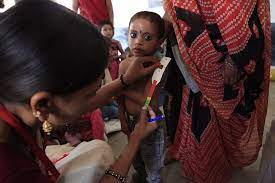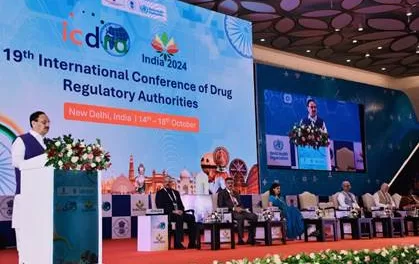
While sunscreen is important, researchers emphasize that it is the least effective method of protecting your skin compared to wearing sun-protective clothing and avoiding direct sun exposure.
A study published in the journal Cancers reveals a concerning trend: despite increased sunscreen use, rates of melanoma and skin cancer continue to rise, creating what experts call the “sunscreen paradox.”
Dr. Ivan Litvinov, an Associate Professor at McGill University in Canada, points out a key issue: many people view sunscreen as a license to tan, mistakenly believing it fully shields them from skin cancer due to its marketing claims.
He notes that most individuals don’t apply enough sunscreen and often stay in the sun for extended periods after their morning application, leading to a misguided sense of safety.
To investigate the factors contributing to varying melanoma rates, the researchers conducted two studies.
The first study revealed that residents of Nova Scotia and Prince Edward Island in Canada, regions with high melanoma rates, were more likely to use sun protection, be aware of sun exposure risks, and check the UV index. However, they also experienced more sun exposure due to warmer climates and outdoor activities.
Similarly, in the second study using data from the UK Biobank, the researchers found that sunscreen use was surprisingly linked to a more than two-fold risk of developing skin cancer.
Litvinov summarizes the findings by highlighting a sunscreen paradox, where individuals with higher sun exposure tend to use more sunscreen but not in a sufficient quantity or in combination with other protective measures, leading to a false sense of security.
He emphasizes the need for interventions in sun protection and skin cancer prevention to address knowledge gaps and consider the specific cultural norms of communities worldwide.











